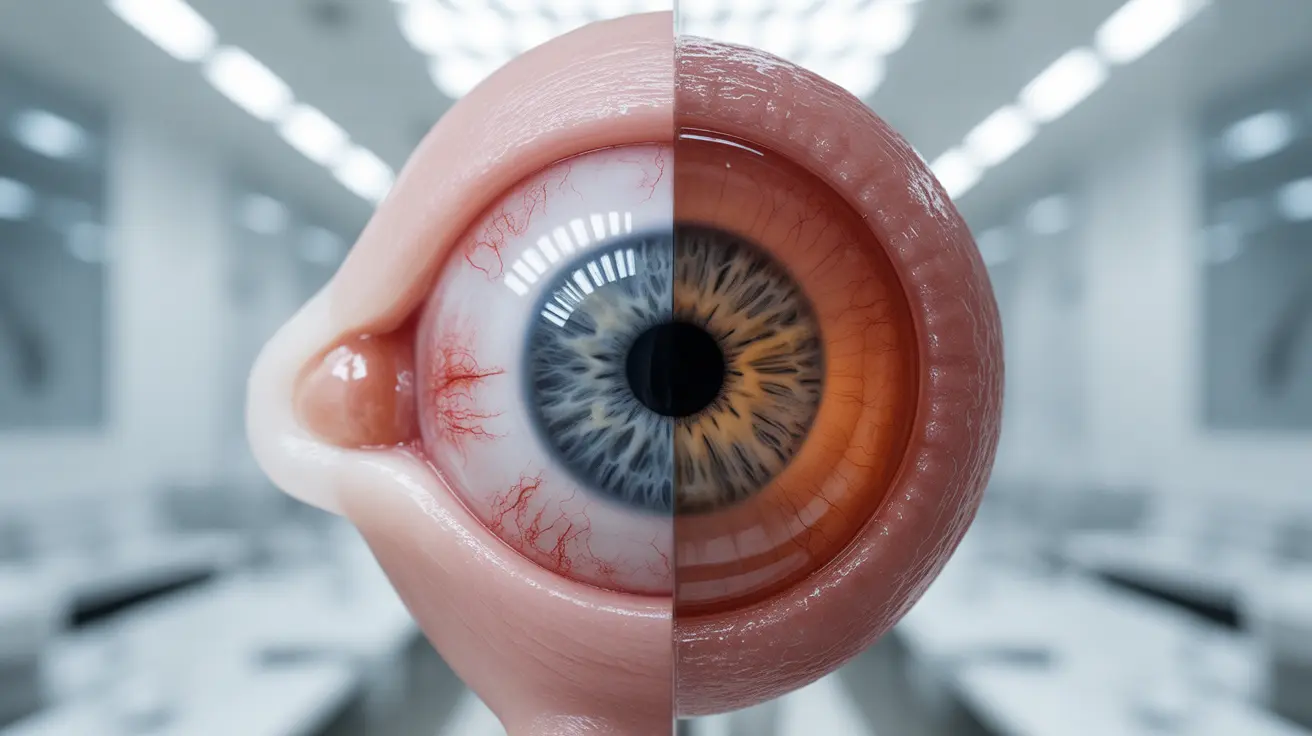Many people turn to shopping as a way to cope with stress, anxiety, or emotional challenges. This practice, commonly known as retail therapy, involves purchasing items to improve mood or alleviate negative feelings. While occasional shopping can provide temporary emotional relief, understanding whether retail therapy is bad for your overall well-being requires examining both its short-term benefits and potential long-term consequences.
The relationship between shopping and mental health is complex, involving psychological, financial, and behavioral factors that can significantly impact your quality of life. By exploring the science behind retail therapy and recognizing when shopping habits become problematic, you can make informed decisions about using retail therapy as an emotional coping strategy.
The Psychology Behind Retail Therapy
Shopping triggers the release of dopamine, a neurotransmitter associated with pleasure and reward. This chemical response explains why purchasing new items can temporarily boost mood and create feelings of satisfaction. The act of shopping also provides a sense of control and accomplishment, which can be particularly appealing during times of stress or uncertainty.
Research suggests that retail therapy can offer genuine short-term psychological benefits. The anticipation of making a purchase, the social interaction involved in shopping, and the satisfaction of acquiring something new all contribute to improved mood. However, these positive effects are typically temporary, lasting only hours or days rather than providing sustained emotional relief.
When Retail Therapy Becomes Problematic
While occasional shopping within your budget may not pose significant risks, retail therapy can become problematic when it transforms from a rare indulgence into a primary coping mechanism. Several factors determine whether retail therapy crosses the line from harmless stress relief to potentially harmful behavior.
Financial Impact and Debt Accumulation
One of the most serious consequences of excessive retail therapy is financial strain. When shopping becomes your go-to response for managing emotions, it can quickly lead to overspending and debt accumulation. Credit card balances may grow, savings accounts may be depleted, and financial stress can compound the original emotional distress that prompted the shopping behavior.
The irony is that financial problems caused by retail therapy often create additional stress and anxiety, perpetuating a cycle where more shopping seems like the solution to problems that shopping itself has created. This pattern can severely impact long-term financial stability and overall well-being.
Emotional Dependency and Compulsive Behaviors
Retail therapy becomes concerning when shopping evolves from an occasional treat to an emotional dependency. If you find yourself automatically reaching for your wallet whenever you feel sad, anxious, or stressed, this pattern may indicate an unhealthy relationship with shopping. The temporary mood boost provided by purchases can create a psychological dependency similar to other addictive behaviors.
Compulsive shopping disorder, also known as shopping addiction, is characterized by persistent urges to shop despite negative consequences. This condition can interfere with daily functioning, relationships, and financial stability, making it essential to recognize early warning signs before the behavior becomes deeply entrenched.
Recognizing Warning Signs of Shopping Addiction
Understanding the difference between occasional retail therapy and problematic shopping behavior requires awareness of specific warning signs. These indicators can help you assess whether your shopping habits have become unhealthy or potentially addictive.
Behavioral Red Flags
Several behavioral patterns may suggest that retail therapy has become problematic. Shopping in secret or lying about purchases, feeling guilty or anxious after shopping trips, and inability to control spending impulses are all concerning signs. Additionally, if shopping interferes with work, relationships, or other responsibilities, it may indicate a more serious issue.
Another warning sign is shopping as an automatic response to any negative emotion, regardless of whether you actually need or can afford the items being purchased. When the act of buying becomes more important than the items themselves, this suggests an unhealthy relationship with shopping.
Physical and Emotional Symptoms
Compulsive shopping can produce physical and emotional symptoms similar to other addictive behaviors. These may include restlessness when unable to shop, preoccupation with shopping or spending money, and withdrawal-like symptoms when attempting to reduce shopping frequency. Mood swings related to shopping availability or financial constraints are also common indicators.
Healthier Alternatives to Retail Therapy
Recognizing that retail therapy may not be the healthiest coping mechanism opens the door to exploring more sustainable and beneficial alternatives for managing stress and negative emotions.
Physical and Creative Outlets
Exercise provides natural mood enhancement through endorphin release and offers long-term health benefits that shopping cannot match. Whether it's walking, dancing, swimming, or participating in team sports, physical activity serves as an excellent alternative to retail therapy. Creative pursuits like painting, writing, crafting, or playing music can also provide emotional release and a sense of accomplishment without financial risk.
Social Connection and Support
Building and maintaining strong social connections offers powerful emotional support that surpasses the temporary benefits of shopping. Spending time with friends, family, or support groups provides genuine human connection and can help address underlying emotional needs that retail therapy merely masks. Volunteering for causes you care about can also boost mood while contributing positively to your community.
Mindfulness and Self-Care Practices
Mindfulness techniques, meditation, and other self-care practices offer sustainable ways to manage stress and negative emotions. These approaches help develop emotional regulation skills and provide tools for addressing difficult feelings without external dependencies. Deep breathing exercises, yoga, journaling, or spending time in nature can all serve as effective alternatives to retail therapy.
Finding Balance and Making Informed Choices
The key to a healthy relationship with retail therapy lies in moderation, self-awareness, and financial responsibility. Occasional shopping within your budget, when combined with other healthy coping strategies, is unlikely to cause significant harm. However, relying solely on shopping to manage emotions or using retail therapy as your primary stress-relief method can lead to problematic patterns.
Developing a diverse toolkit of coping strategies ensures that you have multiple options for managing stress and negative emotions. This approach reduces the risk of becoming overly dependent on any single coping mechanism, including retail therapy, and promotes overall emotional resilience and well-being.
Frequently Asked Questions
Is retail therapy bad for your mental health if you do it occasionally and stay within budget?
Occasional retail therapy within your financial means is generally not harmful to mental health. The key factors are moderation and ensuring it doesn't become your primary coping mechanism. When done responsibly, occasional shopping can provide temporary mood enhancement without significant negative consequences. However, it's important to develop other healthy coping strategies alongside occasional retail therapy to maintain emotional balance.
What are the warning signs that shopping has become a compulsive addiction rather than healthy stress relief?
Warning signs of compulsive shopping include shopping in secret, lying about purchases, feeling unable to control spending impulses, shopping automatically in response to any negative emotion, and experiencing guilt or anxiety after shopping. Other red flags include financial problems due to overspending, preoccupation with shopping, restlessness when unable to shop, and shopping interfering with work or relationships. If shopping becomes more important than the actual items purchased, this suggests an unhealthy pattern.
Can retail therapy cause serious debt and financial problems if you use it to cope with stress regularly?
Yes, using retail therapy regularly to cope with stress can lead to serious financial problems and debt accumulation. When shopping becomes a frequent emotional coping mechanism, it often results in overspending beyond one's means. This can lead to credit card debt, depleted savings, and long-term financial instability. The financial stress created by excessive shopping often compounds the original emotional distress, creating a harmful cycle that can be difficult to break.
How does shopping make you feel better emotionally, and why does that good feeling usually go away?
Shopping triggers the release of dopamine, a neurotransmitter associated with pleasure and reward, which creates temporary feelings of happiness and satisfaction. The anticipation, social interaction, and sense of accomplishment involved in shopping all contribute to improved mood. However, these effects are short-lived because they don't address underlying emotional issues or stress causes. The dopamine boost naturally diminishes, often leaving the original negative feelings unchanged or potentially worsened by financial concerns.
What are healthier alternatives to retail therapy for managing anxiety, depression, or emotional distress?
Healthier alternatives to retail therapy include regular exercise, which naturally boosts mood through endorphin release, and creative activities like art, music, or writing that provide emotional expression. Building strong social connections through time with friends, family, or support groups offers genuine emotional support. Mindfulness practices, meditation, yoga, and journaling help develop emotional regulation skills. Volunteering can boost self-esteem while helping others. Professional counseling or therapy can address underlying causes of emotional distress more effectively than shopping.




